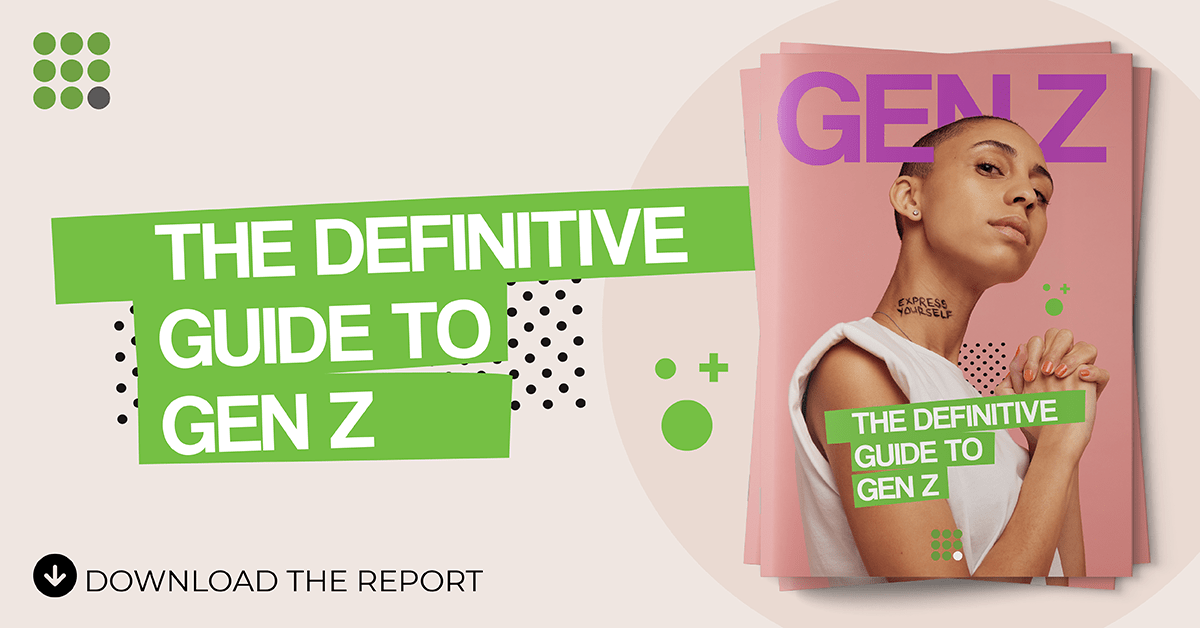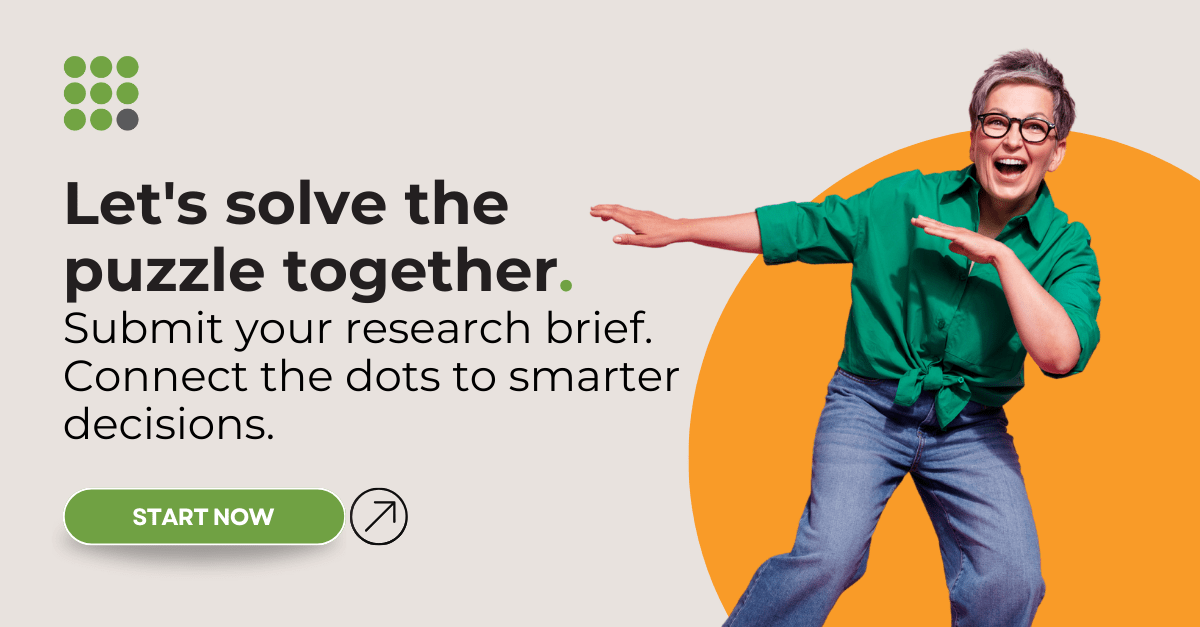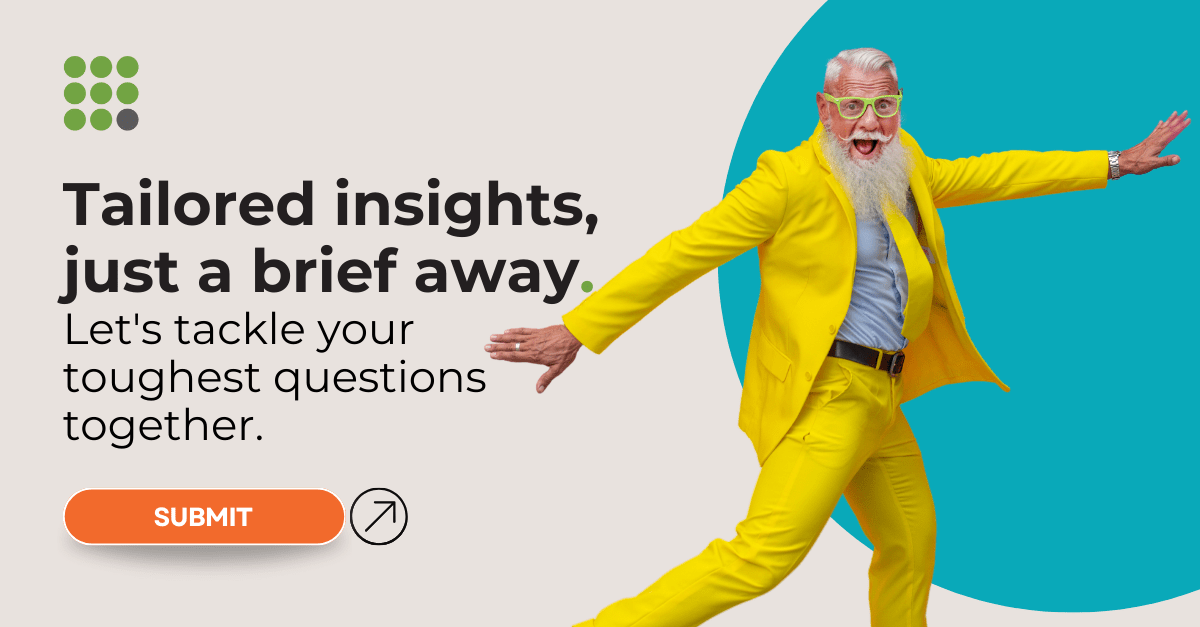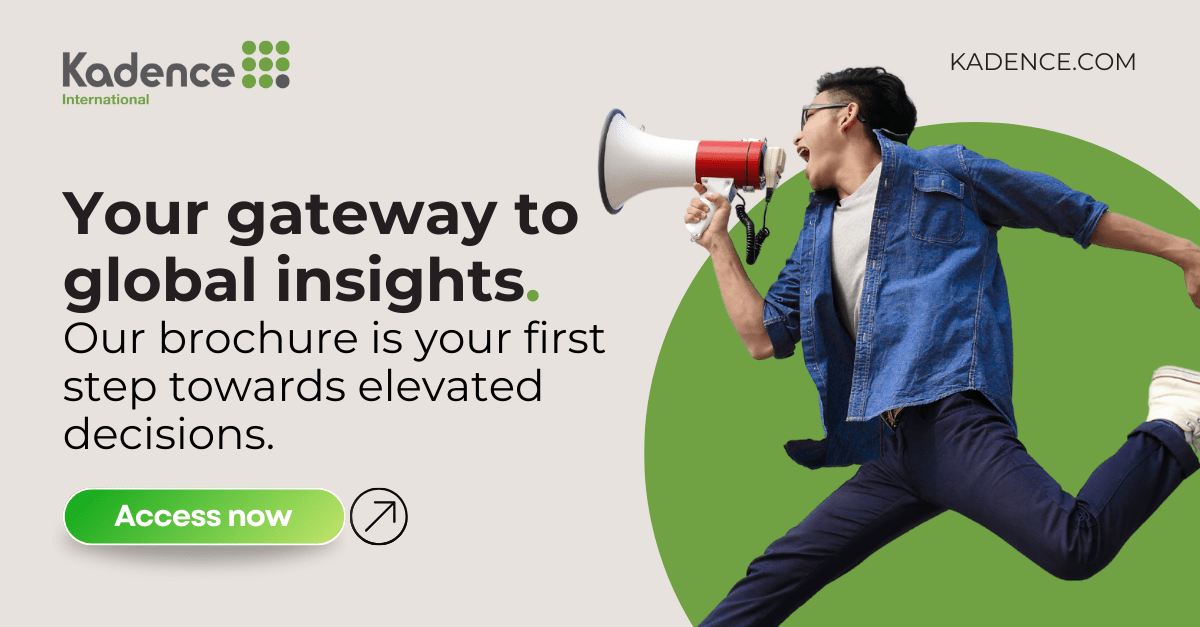Whether it’s an entirely new geographical region with a range of cultural, linguistic, and economic factors to consider or just a new age demographic — breaking into a new market is rarely easy.
There are all kinds of risks to try to mitigate and hurdles to overcome. Brands will never manage to avoid every potential pitfall, so a degree of complication should be expected.
Businesses that can minimize these risks and challenges can reap serious rewards. In this article, we’ll look at 5 of the biggest risks and barriers businesses typically face when entering a new market.
Let’s start with the risks.
The risks of market entry
There’s no risk-free way to enter a new market. Some may be easier than others, but problems are always possible. We can break down market entry risks into three main categories — internal, external, and legal.
Internal risks for market entry
Internal market entry risk factors are those that come from within the organization. These are generally easier to control than external risks but are often unpredictable and seriously damaging.
Management and organization
How well is your company structured? In your home market, it’s sometimes possible to function successfully with a flawed organizational structure. However, those drawbacks can become painfully obvious when you enter a new market.
Some common management mistakes include:
- Unclear vision from leadership. A lack of coherent vision from the people in charge can lead to widespread confusion and inefficiency. Ensure your goals are established and communicated to everyone on the team.
- Sudden staff changes. When a new member joins the team to replace someone else, they must have all the necessary information and direction. Failing to do this can often result in failures in communication and significant setbacks when entering your new market.
- Lack of coordination. Working together effectively is critical in a new market — especially one far away from your home market. Your team members must be on the same wavelength, up-to-date with current processes, and in regular communication with each other and leadership.
Human error
Human error is one of those risks that we can’t always control. Mistakes happen in business and life, and while we can’t predict them very accurately, we can certainly say that people will make mistakes.
When entering a new market, a simple mistake can set a project back and send out ripples into the entire process. Usually, one or two small mistakes won’t mean the end of the world, but a series of minor errors can add up.
That could involve failing to convert currency accurately, using the wrong measurement units, or giving incorrect advice about cultural norms. In these cases, one small mistake can quickly snowball into a major setback if nobody catches it.
Logistical issues
Things like delays, accidents, labor shortages, transport and delivery problems, and other logistics and infrastructure challenges can be significant roadblocks for businesses when entering a new market.
These hurdles are especially relevant when expanding into developing countries and regions. Here, infrastructure and technology are often very different from what you might be used to in your home market, so it will be harder to predict delays and disruption.
Markets in developing countries sometimes use more manual processes, so there is often a greater need to work closely with local teams and sometimes the need to adapt your services.
Tech issues
The technology and equipment you rely on as a business won’t always work seamlessly. One considerable risk for market entry involves technology failing to get the job done effectively in a new market.
One example is the Internet of Things devices, which can be powerful assets for businesses when monitoring conditions and optimizing processes in manufacturing. However, if your devices or networks fail, it could cause a significant setback.
If you’re looking to enter a developing country, it’s worth bearing in mind that technological infrastructure can differ greatly from your home country. In some countries, we’ve seen a leapfrog effect, where newer technologies have been adopted to a greater extent, as there are fewer issues with moving away from legacy systems.
Cash flow problems
Entering a new market requires a lot of financial resources, and if the supply of money is interrupted or halted, it can cause major problems for your operation. If not promptly dealt with, internal issues like this can quickly stop a market entry attempt.
External risks for market entry
Businesses must contend with many external risk factors and risks that stem internally within their organization. These can be much more difficult to control and are often unpredictable.
Regulations
It’s essential to be aware of and comply with the local laws in your chosen market. One recent example is Europe’s GDPR law which requires anyone doing business with European customers, or any company based in Europe, to adhere to strict data privacy rules.
Local regulations and requirements are often overlooked — and this can be especially tricky in emerging markets where regulations can be harder to interpret if you’re unfamiliar with the landscape.
Failing to keep up with regulations can be high — the maximum fine for GDPR violations is €20 million or 4% of your annual global revenue. A mistake here can seriously damage your entire company, not just your new market activities.
Politics
Politics can be hard to predict anywhere in the world, although businesses can be reasonably confident that radical changes won’t disrupt their market entry efforts in stable regions.
However, all bets are off in less stable parts of the world. Revolutions, wars, and sudden and significant new legal changes are just some of the political risks you must contend with when entering a new market.
Sudden changes to government can have severely damaging effects on your business. One example is when Fidel Castro’s government took control of Cuba in 1959, seizing hundreds of millions of dollars of US-owned property and companies.
Social unrest
A country (and a market) is nothing without its people. Events involving social unrest and widespread disruption are constant sources of risk for businesses in many markets around the world.
Riots, protests, and revolutions can cause damage to premises and shut down businesses for long periods, while nationwide strikes can leave you without a workforce. It’s crucial to have a plan of action to ensure survival during civil unrest.
Major non-violent social movements and trends can also impact your business. If you fail to show solidarity or are perceived as insensitive to a specific public sentiment, this could cause reputational damage.
Cultural differences
Entering a new market often involves introducing your business to an entirely new culture, which comes with a whole host of new risks.
Brands need to be aware of different customs and cultural nuances. Failing to adapt can impact how your products and services are received in the new market. You’ll need to consider how culture will affect how your new customers will receive your marketing. A television commercial beloved in Western cultures might be perceived as grossly insensitive in more conservative cultures.
It’s easy to get excited about entering a new market and the potential it might offer your business, but you need to do your research upfront. Is there actually a market for your product? Will it need to be adapted for success? And at what point does this become unfeasible?
Knowing when not to enter a market is just as important as knowing when to invest.
Natural disasters
It isn’t just people that businesses have to worry about when entering a new market — nature itself is often working against them. Natural disasters are a significant source of risk when establishing a presence in certain parts of the world.
Hurricanes, earthquakes, floods, droughts, and many other disasters can quickly stop any market entry effort. They can destroy property, interrupt shipping, and close down entire economies in hours. Worst of all, it’s often impossible to predict when the next disaster will strike.
One way to mitigate damage is through insurance, although coverage in developing countries has historically been low. Research shows that only about 1% of natural disaster-related losses between 1980 and 2004 in developing countries were insured, compared to approximately 30% in developed countries.
Market issues
There are several external risks in the market. These can take the form of unexpectedly tough competition, fluctuations in the cost of services and resources your business relies on, and volatile exchange rates, leaving a dent in your profit margins.
Legal Risks
There are many legal risks to consider when entering a new market, and this type of risk encompasses internal and external activities.
Every region in the world has its own set of laws and regulations, which can change significantly even between parts of the same country. For example, it’s legal in many U.S. states to sell cannabis; however, this could carry a severe penalty in others.
Some legal risks to consider are lawsuits, patent rights, and data privacy regulations. To ensure you stay on the right side of the law, you must work with local lawyers in your target market. A major legal setback like a big lawsuit could end your market entry campaign, so ensure you stay on the right side of local laws.
Get regular insights
Keep up to date with the latest insights from our research as well as all our company news in our free monthly newsletter.

Barriers to market entry
As well as risks, there are also multiple market entry barriers to consider. Fortunately, these are far more predictable than the risks mentioned above. It’s almost guaranteed you will encounter these obstacles during your market entry journey, so it’s easier to prepare for them.
There are many barriers, but we will cover two of the main ones here – costs and marketing challenges.
Costs
Entering a new market is a costly endeavor. You’ll generally need considerable resources to make this happen, and costs can be much higher than expected.
Some market entry campaigns cost less than others — trying to reach a domestic demographic with your product is more financially workable than establishing a solid presence in a foreign market such as China.
A successful market entry will allow you to make back your investment over and over. But it’s important to understand what costs you might need to consider when entering a new market.
Export and import costs
Moving to a new overseas market typically involves a certain amount of moving goods across borders. Even if you establish a manufacturing base in your new market, there will be costs associated with importing certain materials and goods from your home market.
Switching costs
This refers to the cost involved in switching to a new supplier, brand, product type, or alternative. You might have to do this a number of times when entering a new market, and these costs can add up quickly.
Marketing costs
Reaching your target audience in a new market will require a certain level of expenditure, depending on how well-known your brand is. For example, KFC opening a restaurant in a new region will have less work to do than a smaller and less famous company. Costs include market research, advertising, digital marketing, and analytics.
Access to distribution channels
This is how you make your product available to your customers. Accessing and managing a distribution infrastructure in a new market comes with various costs.
It’s important to anticipate as many costs as possible when entering a new market. Even if you do a great job of this, it’s likely that some costs will still spring up and take you by surprise. Make sure you have the financial resources available to handle these unexpected expenses.
Getting your marketing right
As well as the many costs associated with market entry, another barrier facing companies involves marketing.
Marketing is essential to make your voice heard and your product known in your new market. You need to immediately start connecting with your target customers across various channels and establish your brand as an option.
Marketing in a fresh market comes with a range of challenges. We already covered costs above, but here are some other key marketing considerations:
Demand
Before you even set foot in a new market, do enough people want to buy your product? Your marketing campaign will be an uphill struggle if there isn’t existing demand for your offering. It’s much easier if people are already clamoring for what you have. This is where market research is crucial for helping you to size the opportunity.
Competitors
Entering a new market means — most of the time — walking onto another company’s turf. You’ll need to show your target audience that you can offer something better than your competitors.
Brand identity
Your brand has an identity; it can take a lot of work to import that identity and everything associated with it into a new market. How do you establish yourself in a certain way and send out the right message to your potential customers? Again market research is vital here to understand what to retain and what to adapt.
Customer loyalty to existing companies
We already mentioned your competitors. Many of the customers in your new market will have existing loyalties and strong ties to them. Luring customers away from a brand they have used and loved for decades is much more complex than simply attracting a new customer to your brand. You must stand out, offer something extra, and communicate this clearly. It’s worth paying attention to your competitors and what people like about them.
How will you reach your audience?
Consider how the people in your new target market get their information and spend their time. For example, if you’re targeting an older demographic, investing heavily in influencer marketing might not be a good idea. On the other hand, magazine and TV ads may work to great effect.
Cultural issues
If you’re expanding into an overseas market, you’ll need to consider the differences in culture and how this affects the tone of your marketing. Make sure your messaging doesn’t come across as offensive or inappropriate or appear tone-deaf due to a lack of understanding about cultural nuances and norms. Understanding cultural differences is an area where it pays to work with people who understand the culture intimately. Take the case of Starbucks — whose attempt to break into the Israeli market fell flat due to hubris and a lack of understanding of what the Israeli customers wanted.
Marketing can take a lot of work to get right, which is even more true when entering a new market. The most important thing is to research your new market as heavily as possible and gather as much information as possible before beginning your campaign. Also, be prepared to adapt your approach as you go along in response to data and feedback.
Market entry always comes with a massive amount of risks and challenges. No business can escape this, not even those with a global presence.
But when you get it right, you can reap significant rewards.
Kadence has helped companies of all shapes and sizes research their target markets and gather all the intelligence they need to lead an informed and successful market entry campaign. To find out how we can help you do the same, check out our guide to market entry or get in touch today.










 Senior Marketing Executive
Senior Marketing Executive Sales & Marketing
Sales & Marketing General Manager PR -Internal Communications & Government Affairs
General Manager PR -Internal Communications & Government Affairs Vital Strategies
Vital Strategies
 Customer Intelligence Director
Customer Intelligence Director